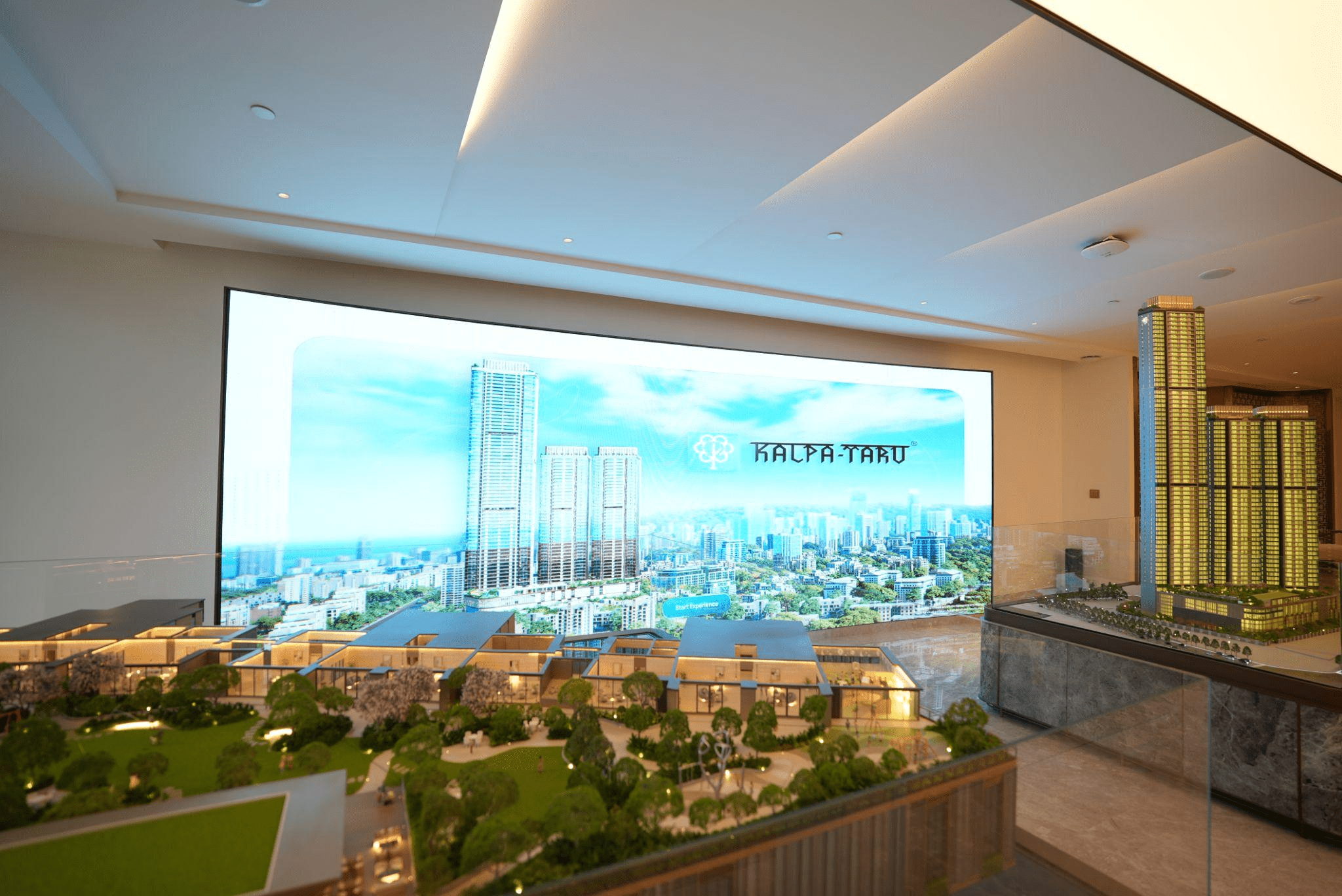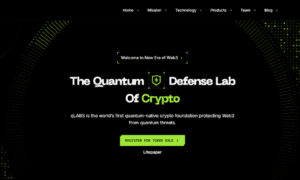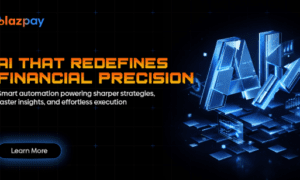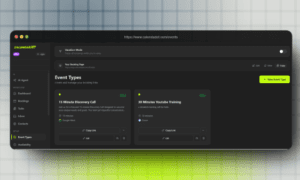The Changing Face of Real Estate Sales in India
For decades, experience centres in Indian real estate have looked and functioned the same a scale model, a brochure, a walkthrough, and a scripted sales pitch.
But as buyer expectations evolve, that format is quickly becoming irrelevant.
Today’s high-value clients want clarity, control, and confidence. They don’t respond to presentations; they respond to experiences that help them understand what they’re buying.
For developers and marketing leaders, this shift isn’t just about better visuals it’s about rethinking how offline spaces communicate value.
Kalpataru’s Worli One Experience Centre offers a glimpse into this future a case where design, storytelling, and real-time visualization work together to create understanding, not hype.
The Challenge: Selling Intangibles in a Billionaire’s Market
Luxury real estate in Mumbai, especially along Worli’s Billionaire’s Row, is a battlefield of sameness. Every developer claims “premium views,” “iconic architecture,” and “limited edition luxury.”
The real challenge isn’t about having a superior product it’s about translating that superiority into something buyers can actually feel before the property is built.
Kalpataru faced exactly this problem.
Their flagship project, Worli One, had two defining strengths:
- A column-free structure that allows flexible layouts.
- Unmatched panoramic views of the Arabian Sea and city skyline.
But on a floor plan or in a brochure, these qualities were invisible.
The task was to turn these invisible advantages into a tangible, believable experience.
Reimagining the Experience Centre
Kalpataru approached the experience centre as a decision environment rather than a showroom.
Instead of filling it with static displays, they built a journey one that guides visitors from curiosity to conviction.
This was achieved through four core layers, each designed to address a specific problem in the buyer’s decision process.
1. Orientation: Turning Layouts into Landmarks
Most luxury buyers struggle to visualize how their chosen apartment sits within a complex high-rise structure.
To solve this, the experience began with a physical scale model synced to a digital LED wall, where buyers could select a specific tower, wing, or floor and see it light up in real time.
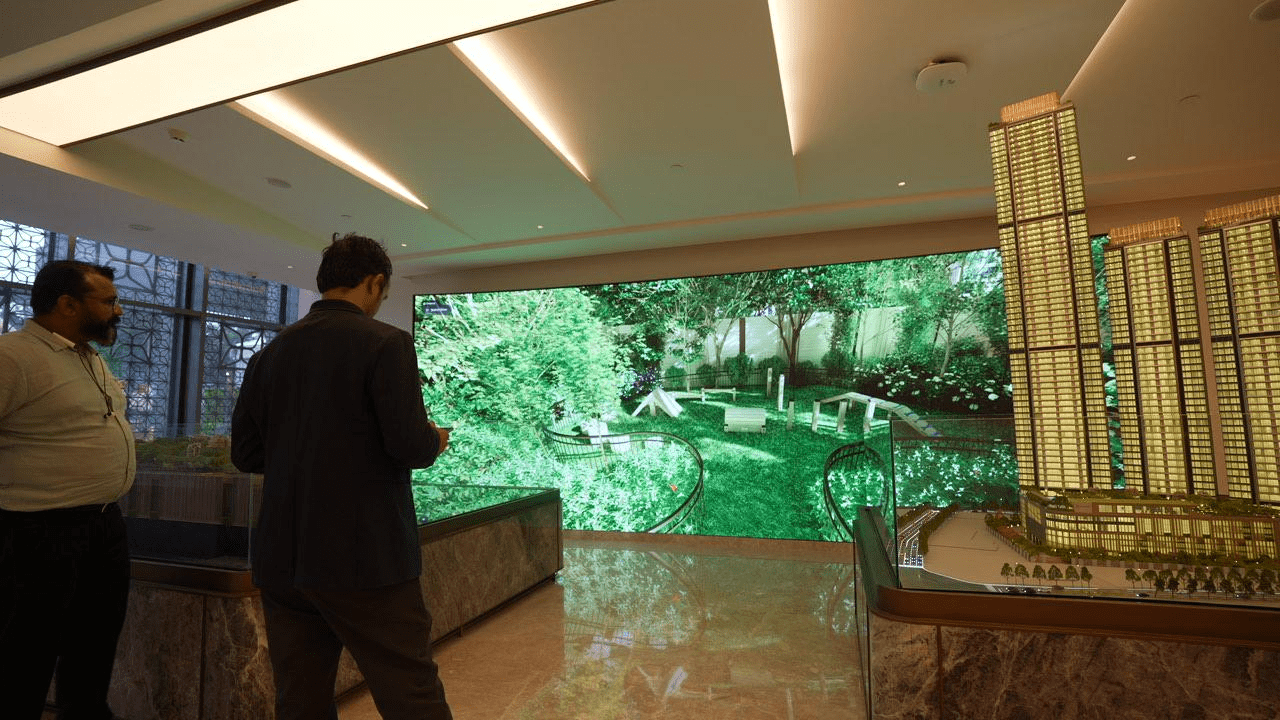
This integration of digital and physical elements made orientation instant and intuitive.
Buyers could finally see what “Tower B, 42nd floor, sea-facing” actually meant spatially, not theoretically.
It’s a simple solution to a common sales problem: spatial confusion.
By grounding the buyer’s attention in a shared visual reference, the conversation became factual and focused.
2. Verification: Showing the Truth About Views
Views are one of the most emotionally charged aspects of high-value real estate.
But they’re also one of the most abstract until the building stands tall.
Kalpataru solved this using a dynamic window-view simulation, built from drone footage captured at every two floors.
Buyers could select a unit and instantly see what the view would look like morning, evening, sunset, or night.
This eliminated guesswork. It replaced the phrase “you’ll have a great view” with proof on screen.
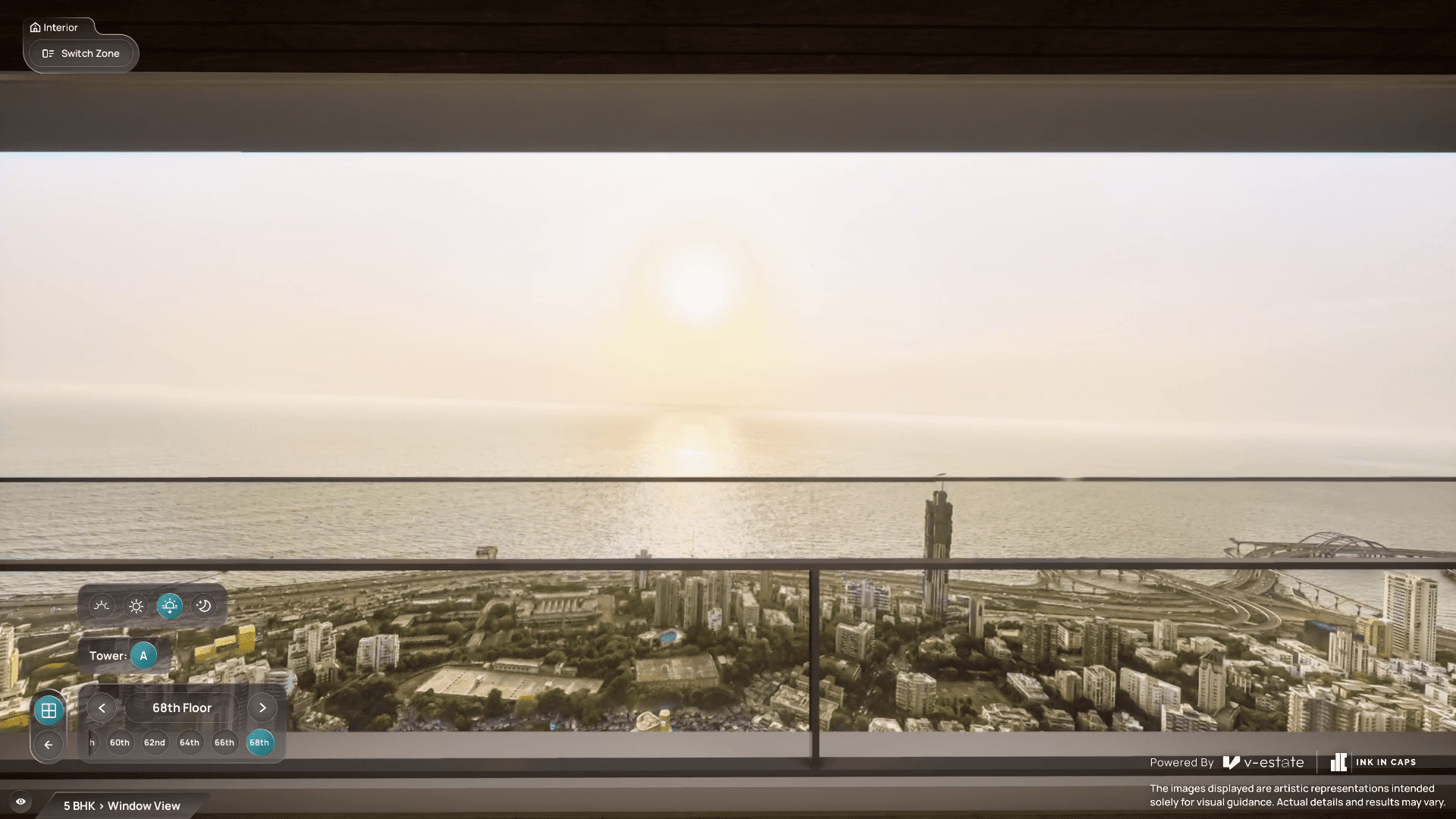
For developers, this approach does more than impress; it protects credibility. It sets a higher bar for transparency, reducing future dissatisfaction and building early trust.
3. Exploration: From Brochures to Interactive Storytelling
Instead of handing out printed floor plans, the sales team guided buyers through interactive interfaces that let them explore every configuration, amenity, and neighborhood detail.
This approach turned what used to be a one-way presentation into a collaborative discovery session.
Buyers could ask questions, compare layouts, and even test how daylight moves across a room at different hours.
The format helped sales teams move away from persuasion toward consultative guidance something modern UHNI buyers deeply appreciate.
4. Personalization: Giving Buyers Design Control
Perhaps the most transformative feature was the “Build Your Own Dream Home” module a customization system that allowed buyers to modify layouts, move walls, change lighting, and experiment with design combinations.
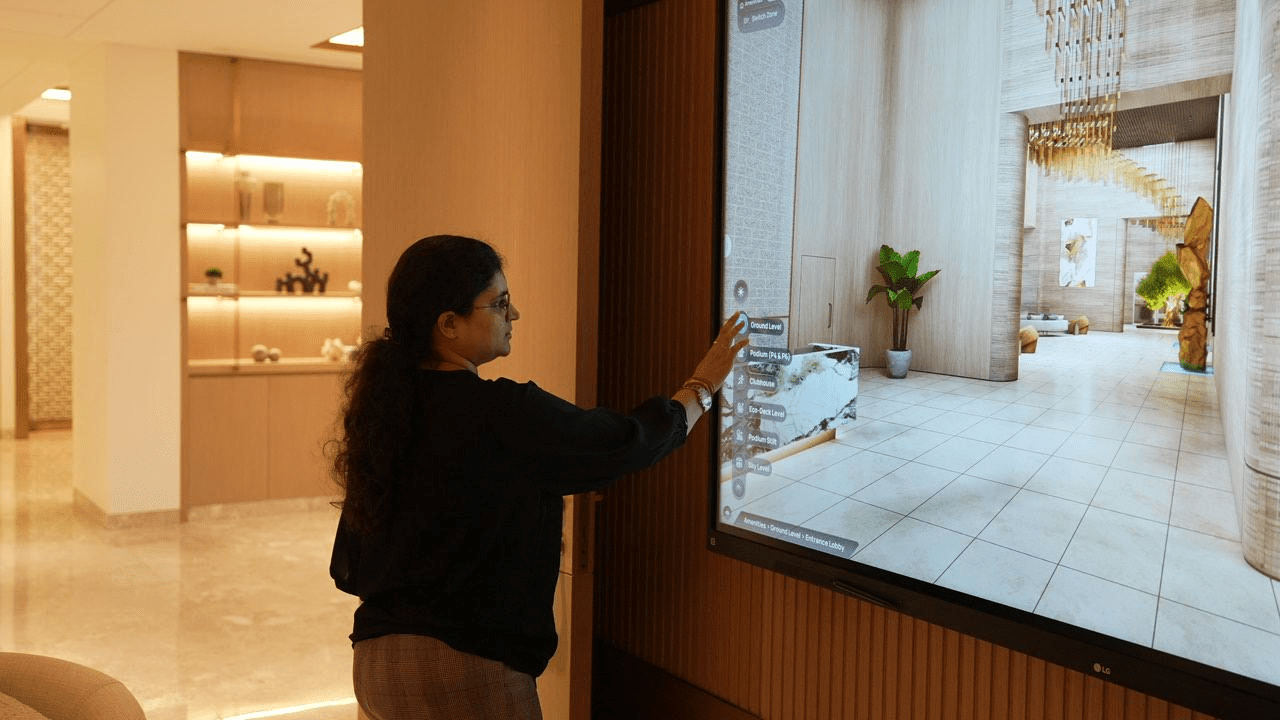
For many, this was the first time they could interact with the architecture itself, not just imagine it.
Every modification could be saved and revisited later, encouraging ongoing engagement between the client and design team.
This solved a subtle but critical problem: ownership before purchase.
When buyers participate in the design process, they begin to see the space as theirs, long before they sign an agreement.
How Technology Supports Human Decisions
The strength of this experience lies not in the technology itself but in how it’s used to simplify human understanding.
Every visual element, every animation, and every physical cue was built for responsiveness and clarity.
Latency, lag, or visual clutter would have broken the illusion so the system was engineered for real-time precision:
- Physical model lights respond instantly to digital inputs.
- 4K renderings load seamlessly with no perceptible delay.
- Textures, reflections, and shadows are optimized for natural realism.
For developers, this underscores an important lesson:
Technology should support comprehension, not distract from it. The goal isn’t to impress with graphics it’s to help people grasp scale, proportion, and experience.
The Real Impact on Sales
After the centre launched, the results reflected more than aesthetics.
It changed how buyers interacted, how salespeople presented, and how decisions were made.
- Faster Commitments: The average time from first visit to booking dropped significantly. Buyers spent less time seeking clarifications because they could see answers visually.
- Higher Conversion Rates: Units showcased with personalization tools saw up to 30% higher closure likelihood.
- Paperless Journey: Every interaction from walkthroughs to design changes happened digitally, streamlining operations.
- More Meaningful Re-engagement: Saved layouts encouraged repeat visits and collaborative discussions with architects and family members.
For developers, this is what modern PropTech leadership looks like not apps or websites, but smarter physical spaces that improve decision-making.
Offline Experiences Are the New Differentiator
In an era where digital marketing dominates, offline activations like this experience centre remind us that real estate is still a tactile business.
People don’t buy renderings; they buy certainty.
By combining physical presence with interactive storytelling, developers can:
- Build emotional confidence early.
- Communicate complexity simply.
- Reduce post-sales friction and information gaps.
This model isn’t just for luxury projects. The same approachinteractive clarity, visual validation, and personalization can scale across mid-segment and commercial developments.
Lessons for Developers and Marketing Leaders
- Start with the pain point, not the technology.
Great experience design begins by understanding buyer confusion not by choosing hardware or software first.
- Design spaces that teach, not just show.
A good experience centre doesn’t just impress visitors; it helps them understand your product in fewer words.
- Integrate physical and digital seamlessly.
Buyers don’t think in “modes.” The more natural the transition between a model and a screen, the more believable your story.
- Build systems, not spectacles.
Immersive elements are powerful only when they serve the sales narrative not when they distract from it.
- Measure engagement, not just footfall.
Data from revisits, design saves, and session lengths can reveal what truly drives decisions.
What Kalpataru Worli One Tells Us About India’s PropTech Future
Kalpataru Worli One isn’t just a benchmark in luxury it’s a blueprint for how Indian developers can humanize technology.
It proves that offline experiences can be just as data-driven, immersive, and strategic as digital campaigns when designed with intent.
For real estate brands looking to strengthen credibility and differentiate themselves, the path forward lies in creating clarity through experience.
It’s no longer about having the best visuals; it’s about giving buyers the power to see, verify, and decide with confidence.
In Closing
India’s PropTech story isn’t unfolding online it’s happening in the rooms where real buyers make real decisions.
And the Kalpataru Worli One Experience Centre is a reminder that innovation isn’t about tools.
It’s about trust, design thinking, and the courage to make technology invisible so that understanding can take centre stage.

